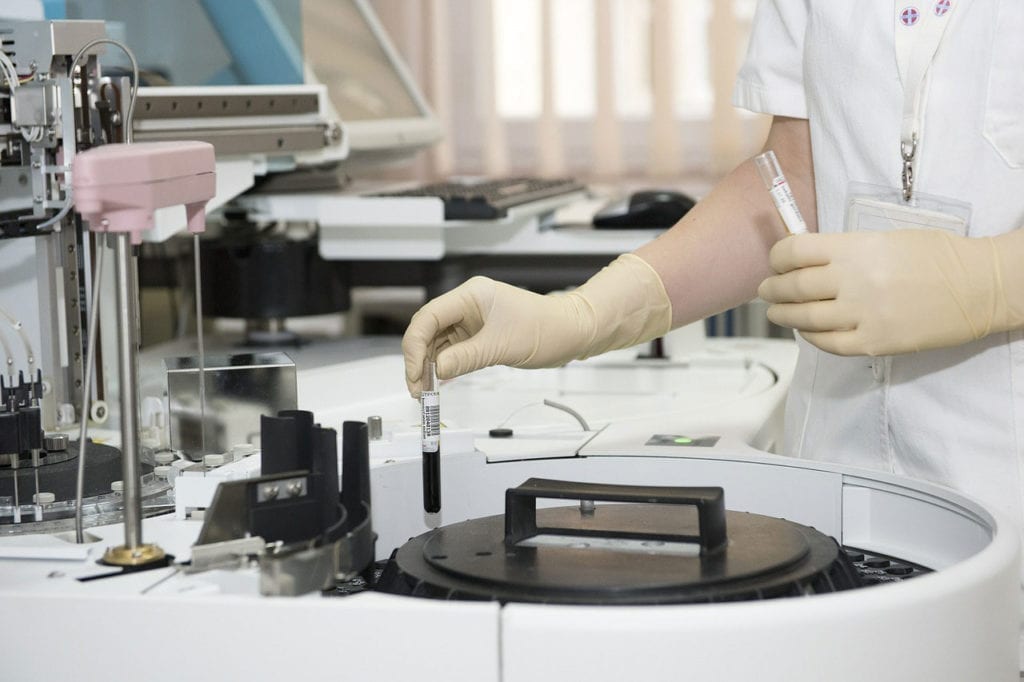Clinical guidelines are often used to improve patient treatment. These guidelines use evidence reviews, as well as an examination of other standards-of-care, to optimize patient care and outcomes. According to a news release from July 27, 2021, the American Society for Radiation Oncology (ASTRO) released a new clinical guideline regarding radiation treatment for adults with soft tissue sarcoma (STS). Altogether, this is the first ever clinical guideline produced by ASTRO for patients with sarcoma. Interested in the full practice guideline? Check it out in Practical Radiation Oncology.
The New Clinical Guideline
According to the clinical guideline itself, it works to provide:
evidence-based recommendations addressing the indications for radiation therapy (RT), sequencing of local therapies, and appropriate dose and planning techniques for management of primary, operable, localized, soft tissue sarcoma (STS) in adults.
To develop this guideline, ASTRO performed a systematic literature review using articles published over a nearly 40-year period. Additionally, the guideline was developed using insight from a variety of stakeholders, including radiation oncology residents; pathologists; physicists; a patient representative; and multiple oncologists, with insights from the Society of Surgical Oncology (SSO), the American Society of Clinical Oncology (ASCO), and the Musculoskeletal Tumor Society, among others.
Altogether, the guideline aims to improve the treatment of patients with STS. Currently, STS can be difficult to treat and often involves invasive options, such as surgical resection with or without radiation therapy. However, radiation treatment can lower the potential that the cancer will return locally. In fact, ASTRO even believes that radiation given before surgery (preoperative) will greatly improve patient outcomes. Additionally, treating preoperatively rather than postoperatively offers the opportunity to address – and fix – potentially serious side effects.
STS Radiation Recommendations
So what are some of the recommendations given within this new clinical guideline? Some of the recommendations include:
- Radiation therapy, used alongside surgical resection, is not recommended for patients with primary localized retroperitoneal sarcomas. However, depending on the chance of recurrence, radiation treatment could be used on its own.
- If given radiation treatment, this should occur preoperatively rather than postoperatively for safety purposes.
- In patients with a low chance of tumor recurrence, radiation treatment should not be given. However, this treatment should be given for patients whose STS is at a higher risk of local recurrence.
Soft Tissue Sarcoma (STS)
As the name suggests, soft tissue sarcoma (STS) is a rare cancer which forms within the body’s soft tissues. Soft tissues mean muscle, fat, tendons, ligaments, or even joint linings. There are over 50 subtypes of STS. While some affect adults more, others affect children more. For example, forms of STS include liposarcoma, myxofibrosarcoma, angiosarcoma, and gastrointestinal stromal tumor (GIST). In early stages, patients with STS may not show any symptoms. However, once STS progresses, patients may notice a lump and potentially pain. Additional symptoms may appear depending on the tumor’s location. For example, if located in the abdomen, patients may experience cramping and abdominal pain.







